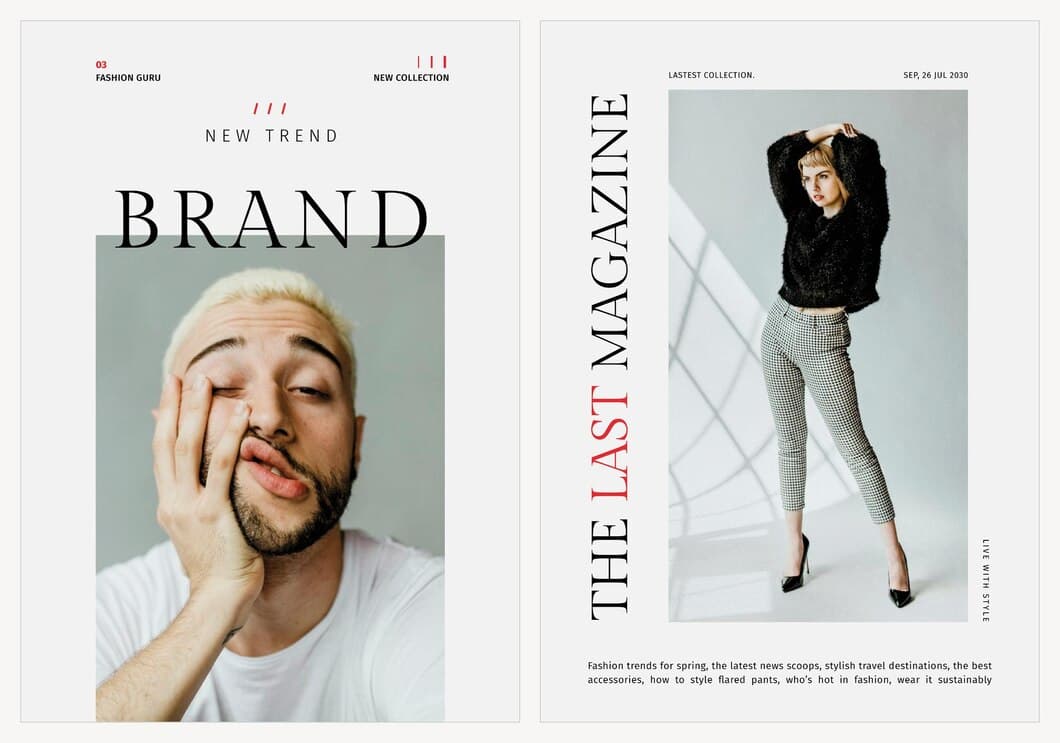What Brand Is The Most Popular?

Determining the most popular brand is a multifaceted task, subject to various factors such as industry, region, and time period. Popularity can be measured through metrics like brand awareness, market share, customer loyalty, and social media engagement. Different brands dominate different markets, and their popularity can fluctuate over time due to factors such as marketing campaigns, product innovation, and customer preferences.
To identify the most popular brand overall, one could consider global brands with a wide reach and strong presence across multiple industries. These brands often have a loyal customer base and high brand recognition, but their popularity may vary depending on the specific market or region being examined.
How to choose the most popular brand?
The most popular brands are often the ones that are most visible and well-known. They have a strong presence in the market and are often associated with high quality and value. To choose the most popular brand, it is important to consider factors such as brand awareness, market share, and customer loyalty. Brand awareness refers to how well-known a brand is among consumers. Market share refers to the percentage of sales in a particular market that a brand has. Customer loyalty refers to the tendency of customers to continue to purchase products or services from a particular brand.
Another important factor to consider when choosing the most popular brand is the brand's reputation. A brand with a good reputation is more likely to be trusted and purchased by consumers. To assess a brand's reputation, it is important to read reviews from other customers and to consider the brand's history and track record. It is also important to consider the brand's values and mission statement. A brand that aligns with your values is more likely to be one that you will continue to purchase from.
Finally, it is important to consider your own personal preferences when choosing the most popular brand. What are you looking for in a brand? What are your needs and wants? Once you have considered these factors, you can start to narrow down your choices and choose the most popular brand that is right for you.
What are the factors that influence brand popularity?
**Factors Influencing Brand Popularity**
Several factors can influence a brand's popularity, including its reputation, customer service, marketing strategies, product quality, and social media presence. A strong reputation built on positive customer experiences and a consistent brand image plays a significant role in attracting and retaining customers. Excellent customer service, including responsive support and personalized experiences, can significantly enhance brand popularity by fostering customer loyalty. Effective marketing strategies that resonate with target audiences and create a memorable brand identity can also contribute to increased popularity. Additionally, high-quality products or services that meet or exceed customer expectations can drive positive word-of-mouth and boost brand recognition. Finally, a strong social media presence that engages with customers, provides valuable content, and builds community can further enhance brand popularity by reaching wider audiences and fostering customer relationships.
What are the benefits of choosing a popular brand?
There are a number of benefits to choosing a popular brand. For one, popular brands tend to be well-established and have a good reputation. This means that you can be confident that you are getting a quality product. Additionally, popular brands often have a wide range of products and services to choose from, so you can find the perfect one for your needs. Finally, popular brands often have a strong customer service department, so you can be sure that you will be taken care of if you have any problems with your product.
Another benefit of choosing a popular brand is that you can be sure that you are getting the latest and greatest products. Popular brands are constantly innovating and developing new products, so you can be sure that you are getting the best possible product for your money. Additionally, popular brands often offer a variety of promotions and discounts, so you can save money on your purchases.
What are the risks of choosing a popular brand?

How to measure brand popularity?
There are a number of ways to measure brand popularity. One common method is to look at social media data, such as the number of followers a brand has on platforms like Facebook, Twitter, and Instagram. Another way to measure brand popularity is to look at website traffic. A brand with a high level of website traffic is likely to be more popular than a brand with a low level of website traffic.
Another way to measure brand popularity is to look at search engine data. A brand that is frequently searched for is likely to be more popular than a brand that is not frequently searched for. Finally, you can also measure brand popularity by looking at sales data. A brand with high sales is likely to be more popular than a brand with low sales.
It is important to note that there is no single definitive way to measure brand popularity. The best way to measure brand popularity will vary depending on the specific brand and the goals of the measurement.
However, by using a combination of the methods described above, you can get a good sense of how popular a brand is.
What are the different ways to increase brand popularity?
Brand popularity is the level of awareness and positive perception of a brand among consumers. It is a measure of how well-known and well-liked a brand is. There are many ways to increase brand popularity, including:
1. Create high-quality products or services.
2. Provide excellent customer service.
3. Build a strong brand identity.
4. Use effective marketing and advertising campaigns.
What are the common mistakes to avoid when choosing a popular brand?

What are the future trends in brand popularity?
Future trends in brand popularity are difficult to predict, but some experts believe that brands that focus on sustainability, personalization, and innovation will be more likely to succeed. As consumers become more aware of the environmental impact of their purchases, they are increasingly looking to buy from brands that are committed to sustainability. Additionally, brands that offer personalized experiences and products are more likely to build strong relationships with their customers. Finally, brands that are constantly innovating and introducing new products and services are more likely to stay ahead of the competition.
Another trend that is likely to continue is the rise of social media influencers. Influencers have a large following on social media platforms, and they can use their influence to promote products and services. Brands that partner with influencers can reach a wider audience and build stronger relationships with their customers.
Finally, the future of brand popularity is likely to be shaped by technology. Artificial intelligence (AI) and machine learning (ML) are already being used to personalize marketing campaigns and improve customer service. As these technologies continue to develop, they are likely to play an increasingly important role in brand popularity.
What are the case studies of successful brands?
Case studies of successful brands provide valuable insights into the strategies and tactics that have led to their success. By analyzing these case studies, marketers can identify best practices and apply them to their own brands. Some of the most popular case studies include those of Apple, Nike, Coca-Cola, and Amazon. These brands have all achieved tremendous success through a combination of innovative products, effective marketing campaigns, and a strong focus on customer service.
One of the key takeaways from these case studies is the importance of having a clear brand identity. Brands that have a strong brand identity are more recognizable and memorable to consumers. They are also more likely to be associated with positive attributes, such as quality, reliability, and value.
Another important factor in the success of these brands is their ability to connect with their target audience on an emotional level. Brands that can create a personal connection with their customers are more likely to build loyalty and drive repeat business.
Finally, these case studies highlight the importance of continuous innovation. Brands that are constantly innovating are more likely to stay ahead of the competition and meet the changing needs of their customers.
Frequently Asked Questions
What factors influence brand popularity?
Brand popularity is influenced by a combination of factors, including product quality, marketing efforts, customer service, and brand reputation.
How can I determine the most popular brand for a specific product or service?
You can determine the most popular brand for a specific product or service by researching industry reports, conducting customer surveys, or using online tools that track brand popularity.
What are some of the benefits of choosing a popular brand?
Choosing a popular brand can provide benefits such as increased trust and recognition, higher perceived quality, and better customer support.
Are there any drawbacks to choosing a popular brand?
Drawbacks to choosing a popular brand may include higher prices, less product customization, and potential for overcrowding or lack of exclusivity.
Summary
In summary, determining the most popular brand depends on various factors and can vary based on industry, region, and time period. Popularity can be influenced by brand recognition, customer loyalty, market share, and overall brand perception. However, by analyzing brand metrics such as sales volume, customer engagement, and social media presence, we can identify brands that consistently rank highly in terms of popularity.
Furthermore, it's important to note that brand popularity can be dynamic and subject to change over time due to factors such as market trends, competitive landscapes, and consumer preferences. Therefore, it's essential to continuously monitor and evaluate brand performance to stay informed about evolving consumer sentiments and preferences.